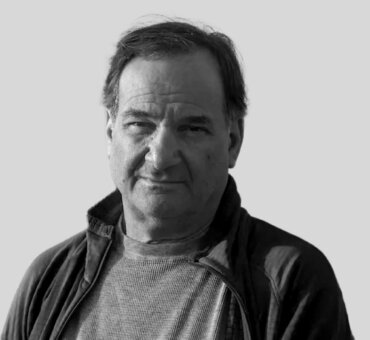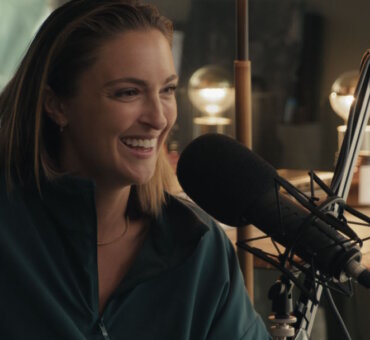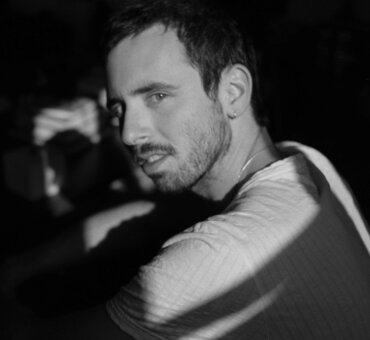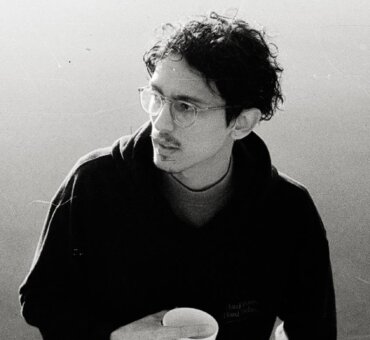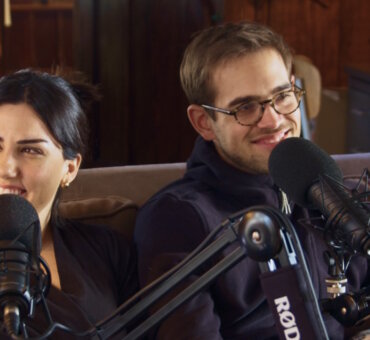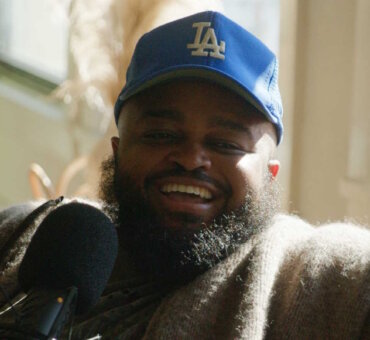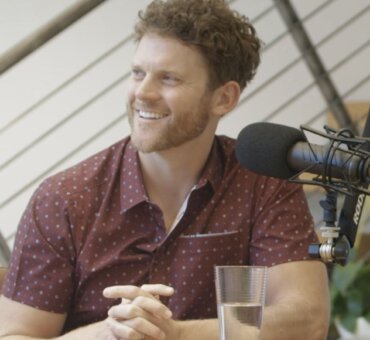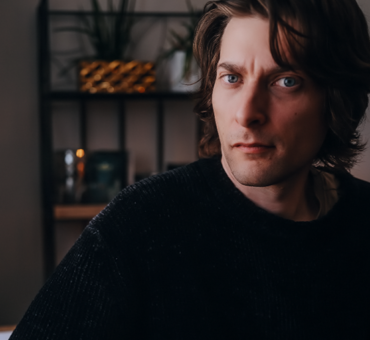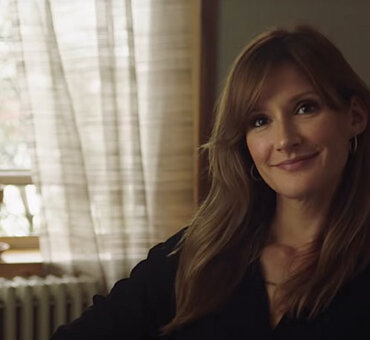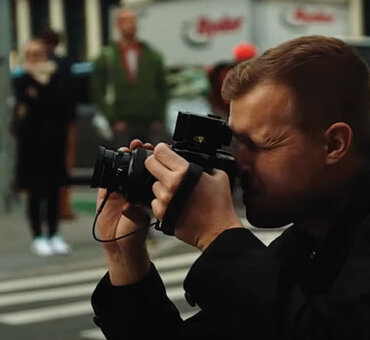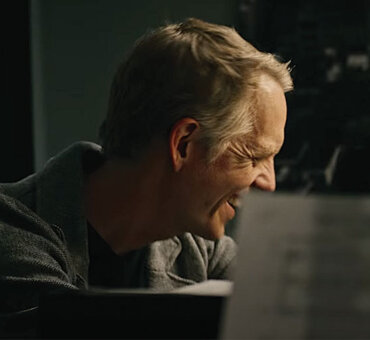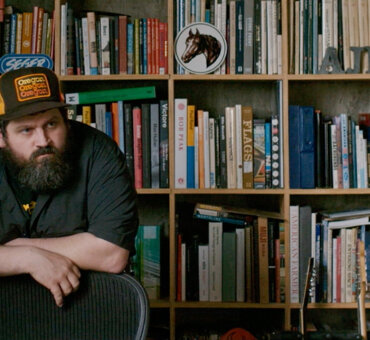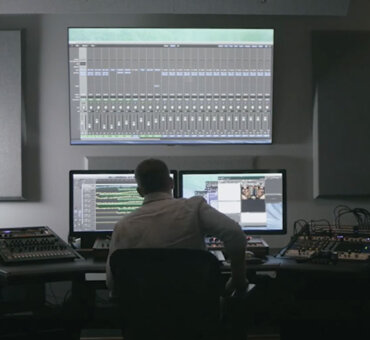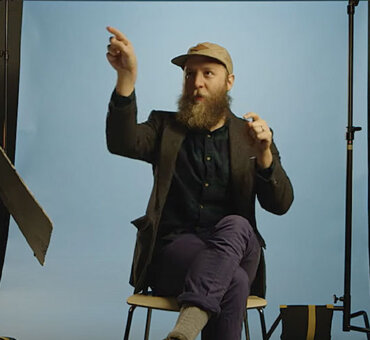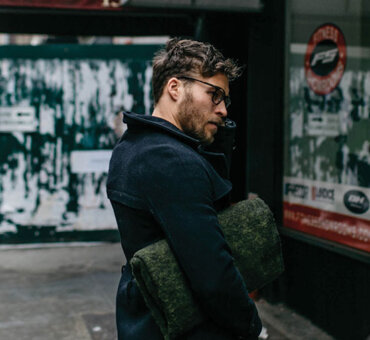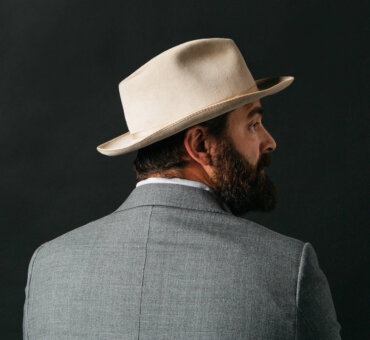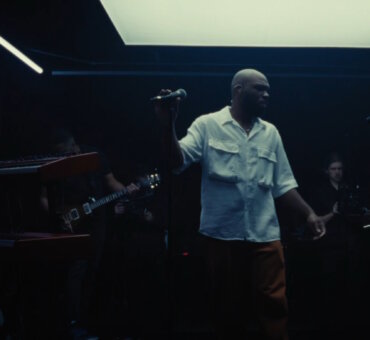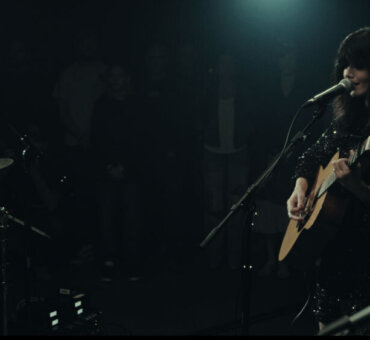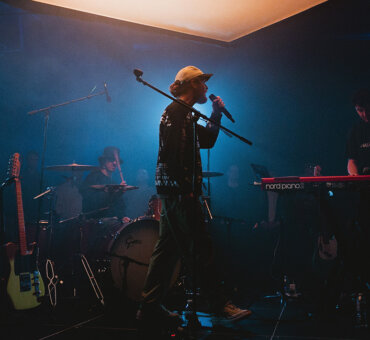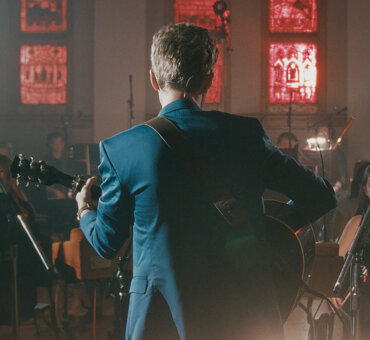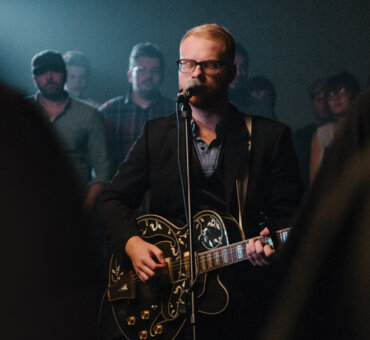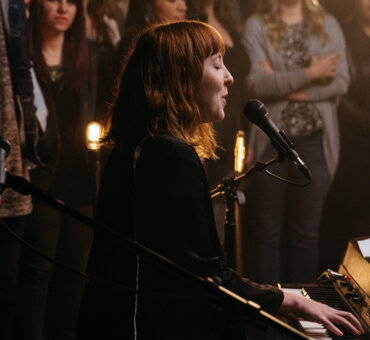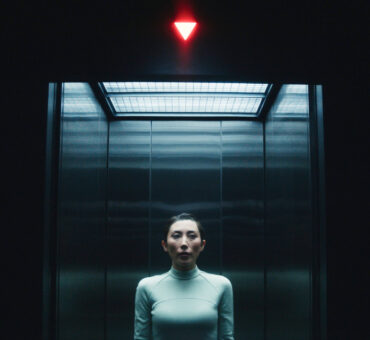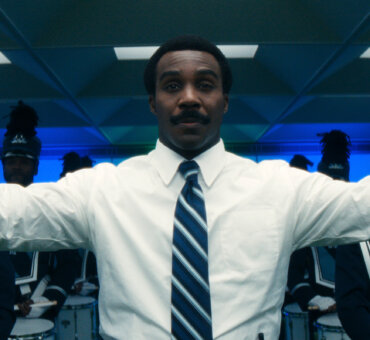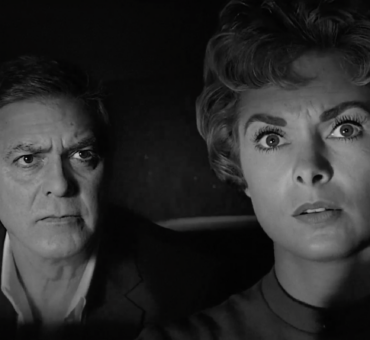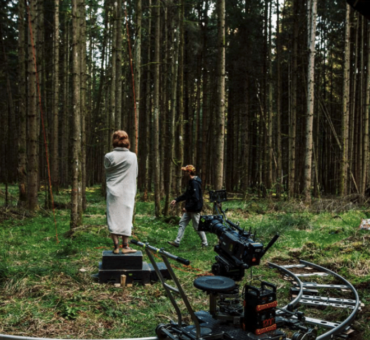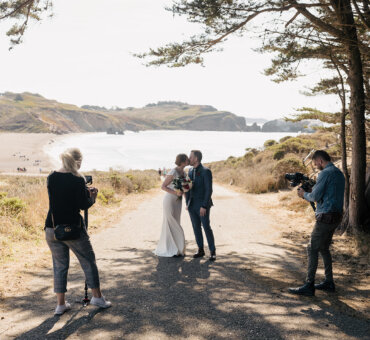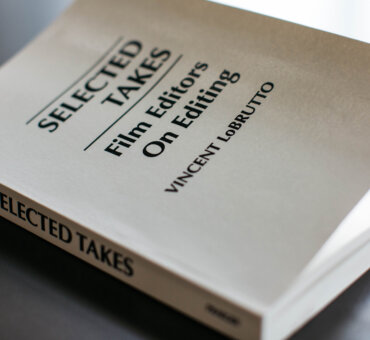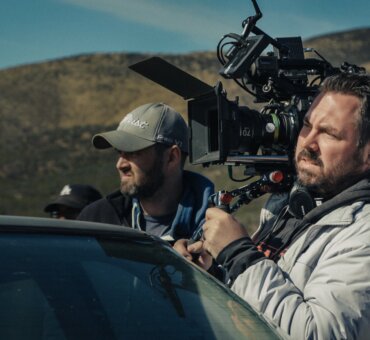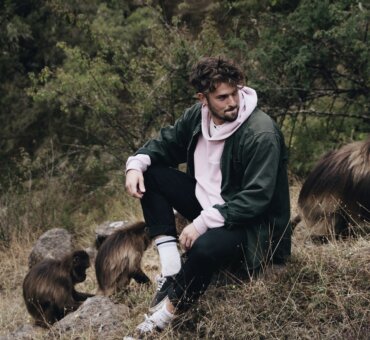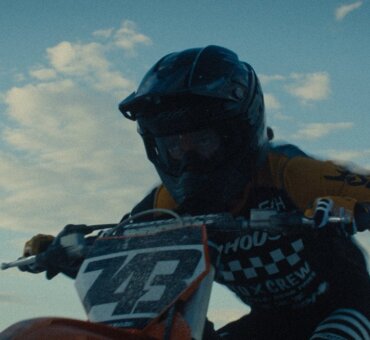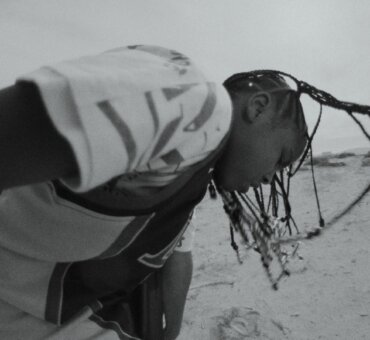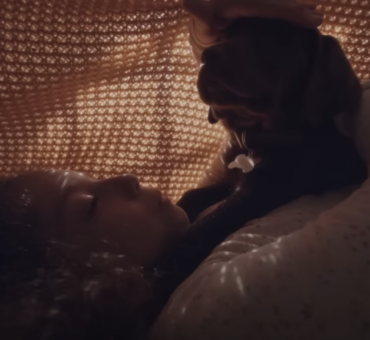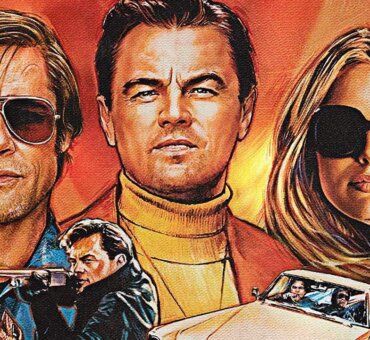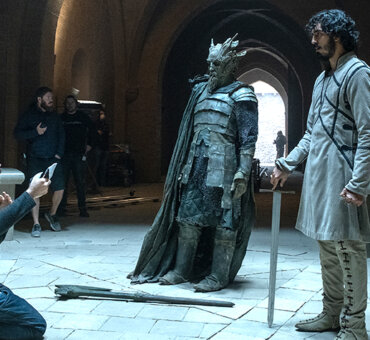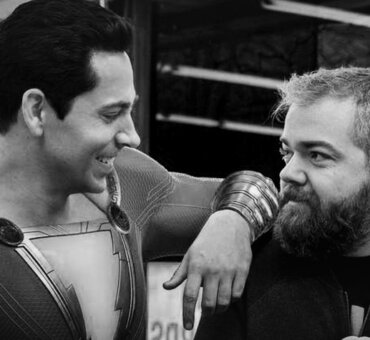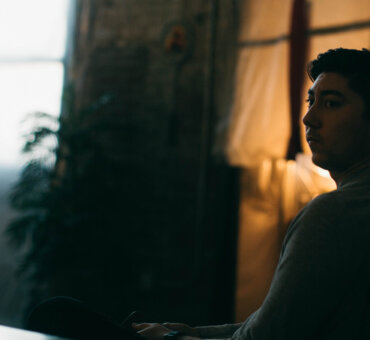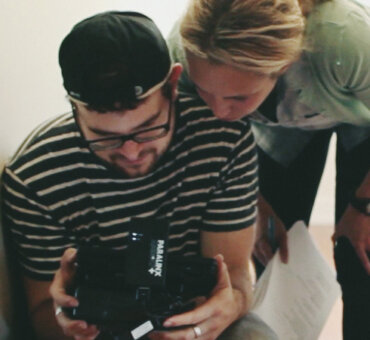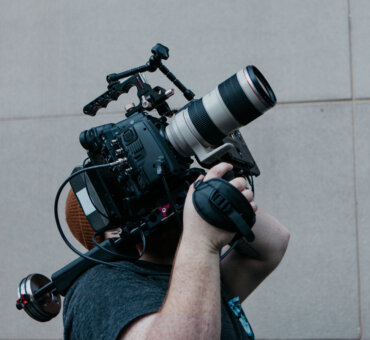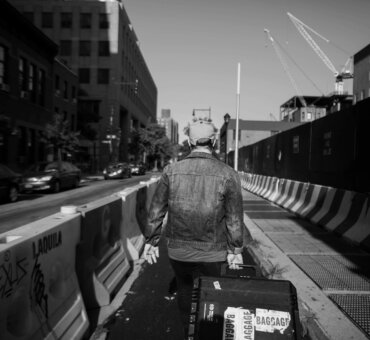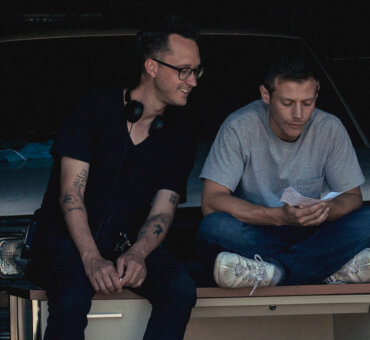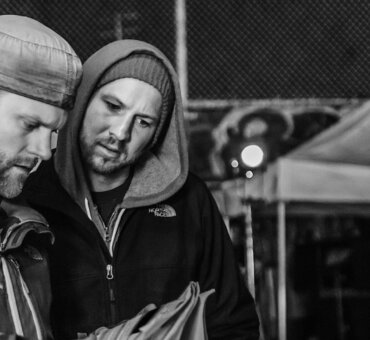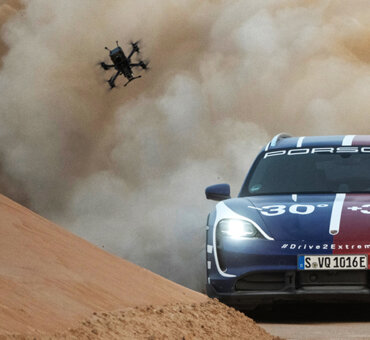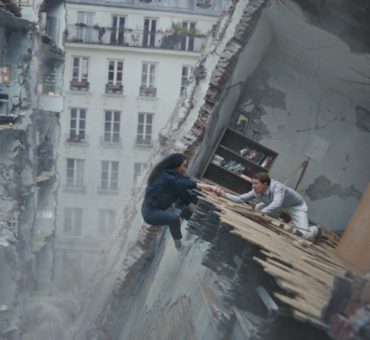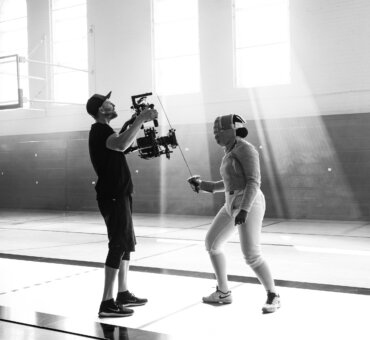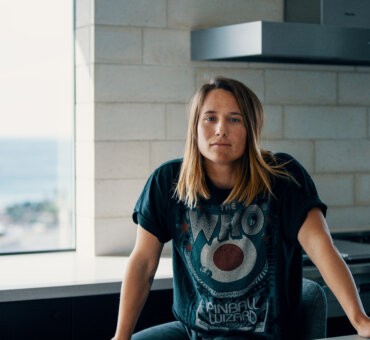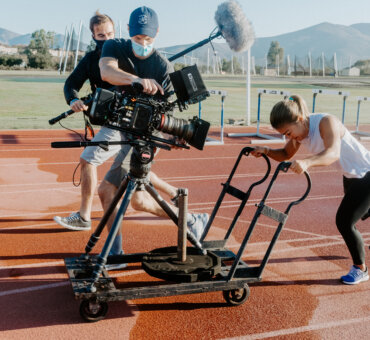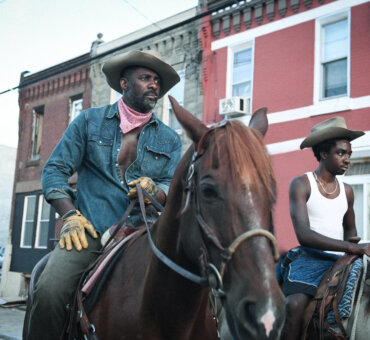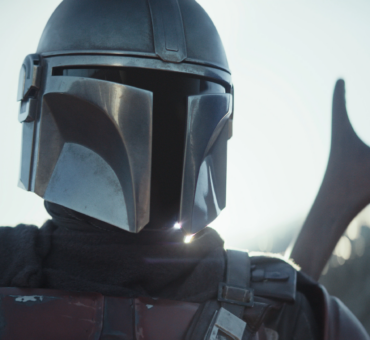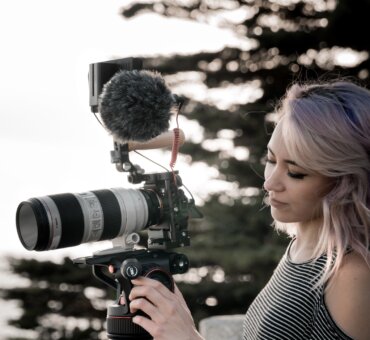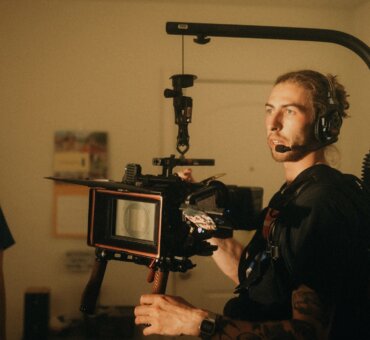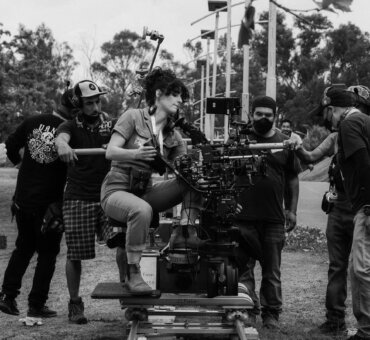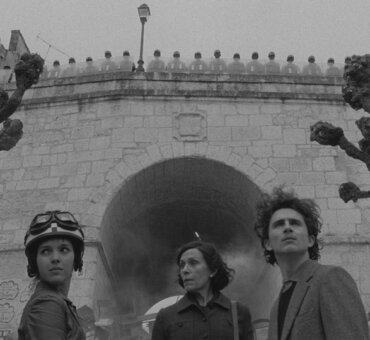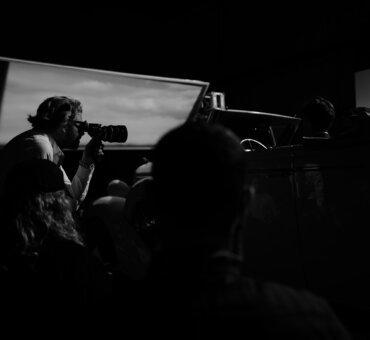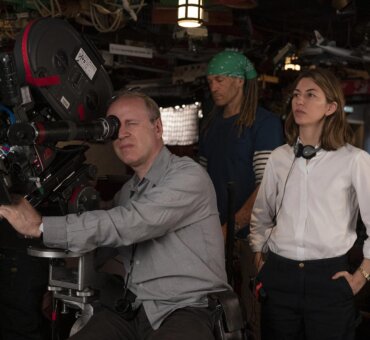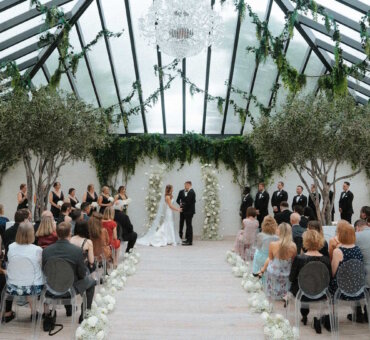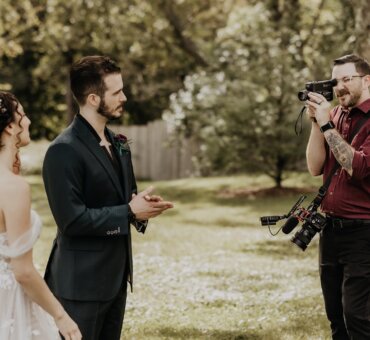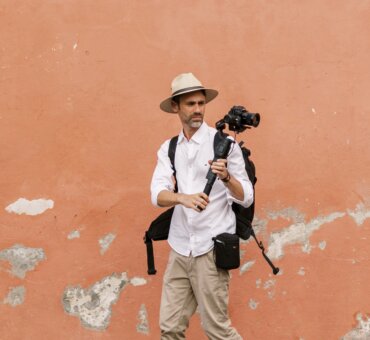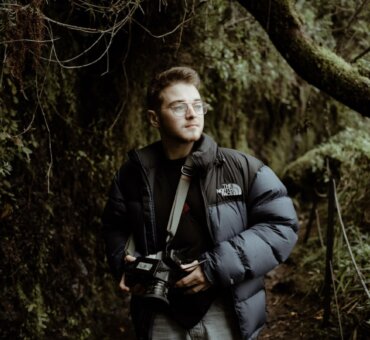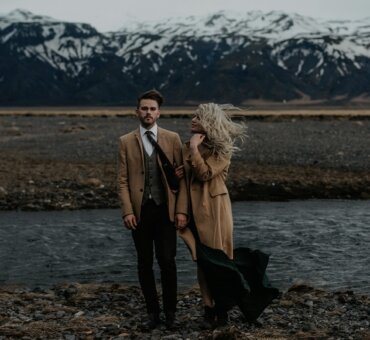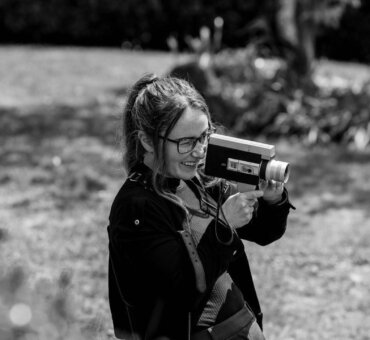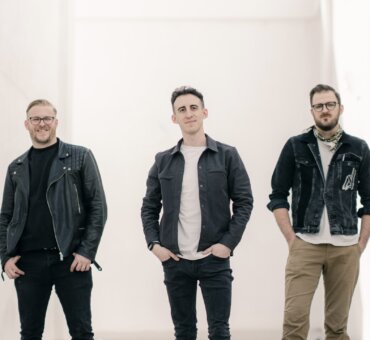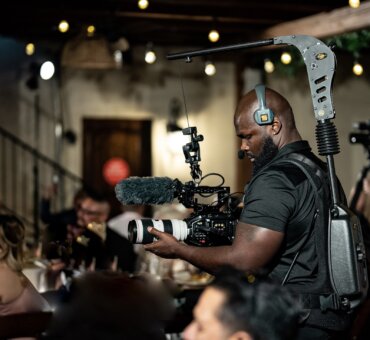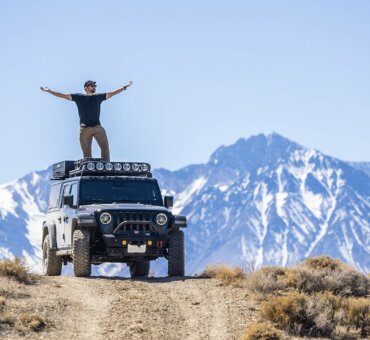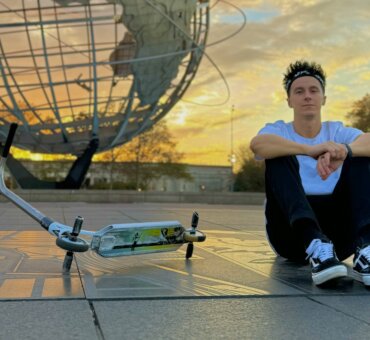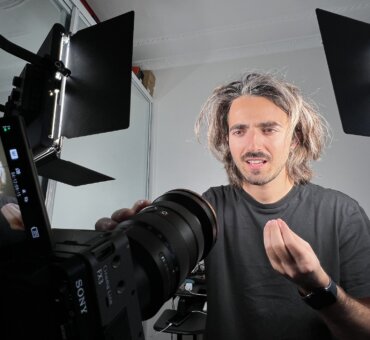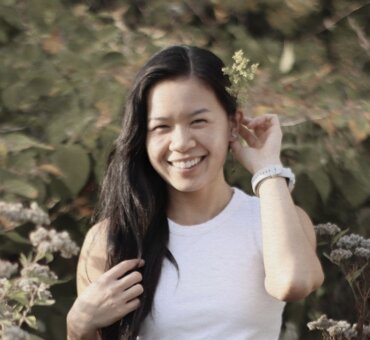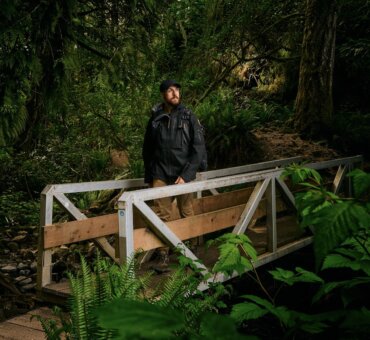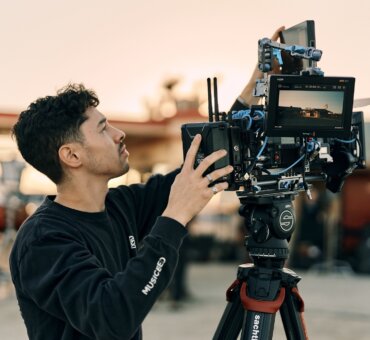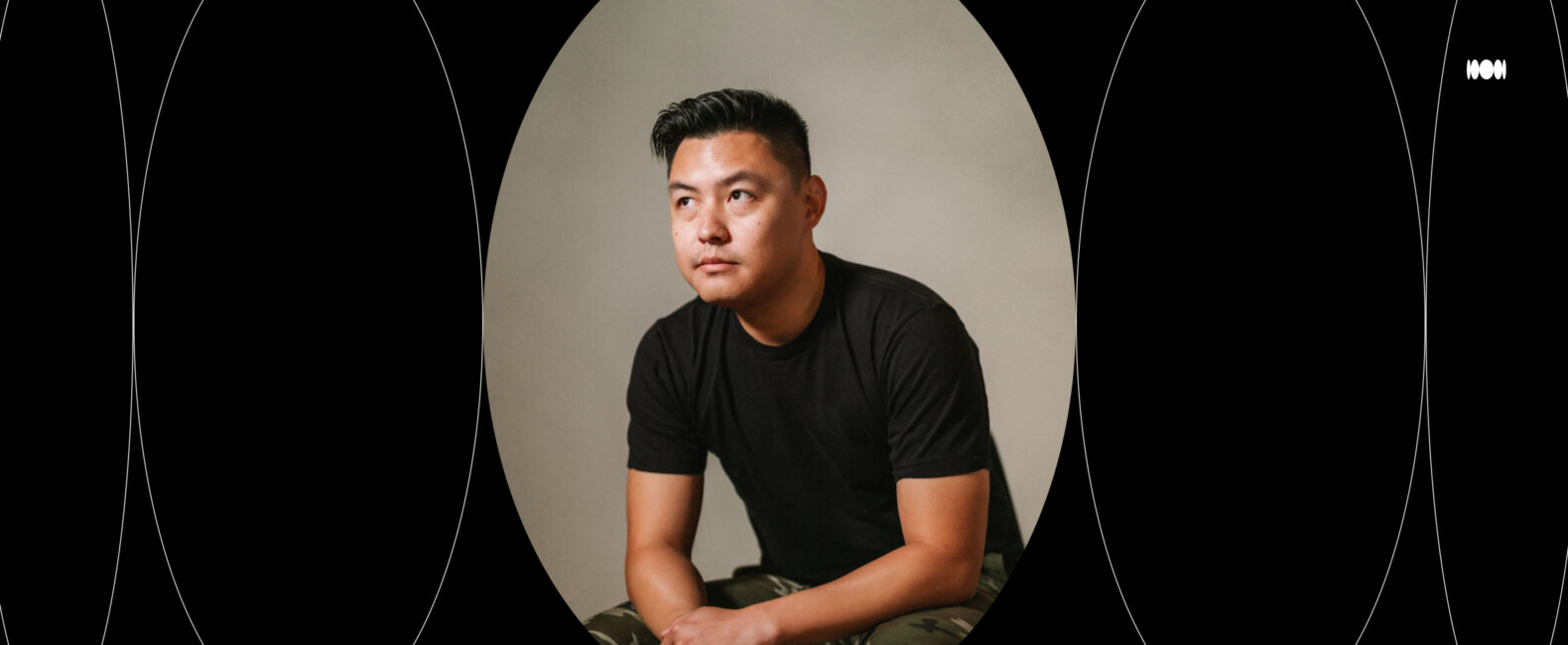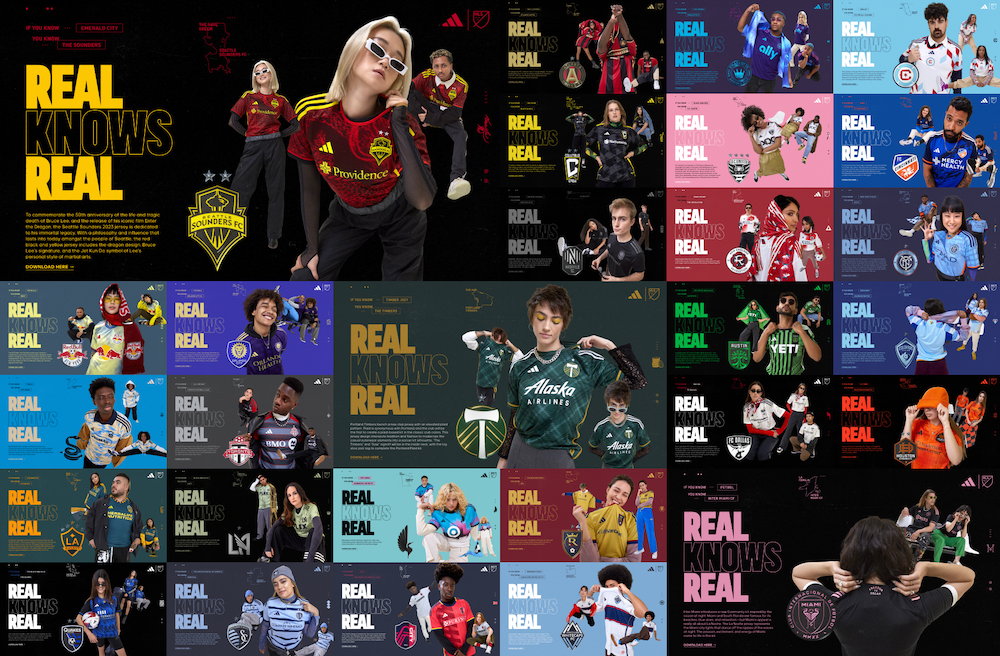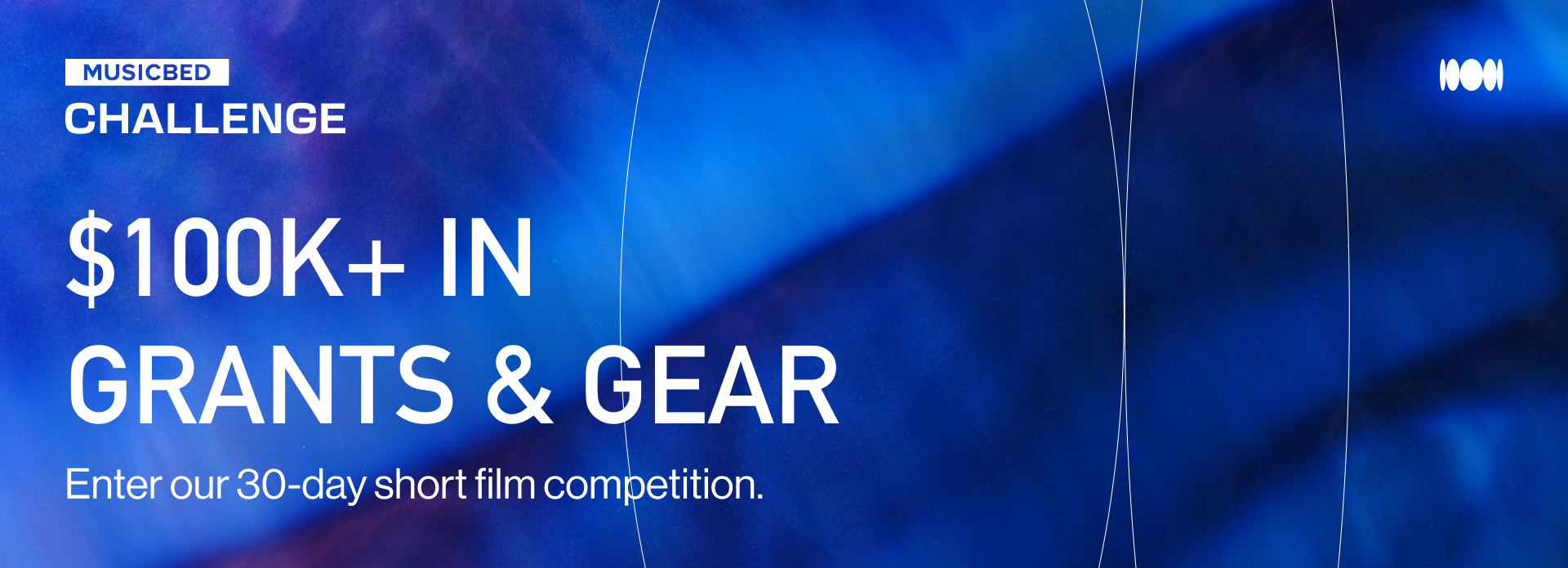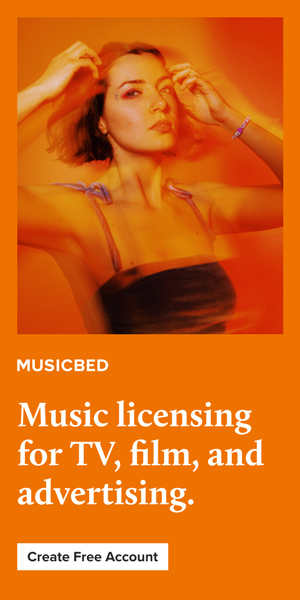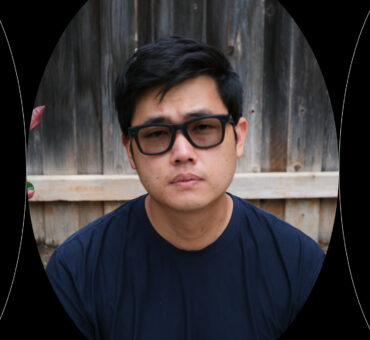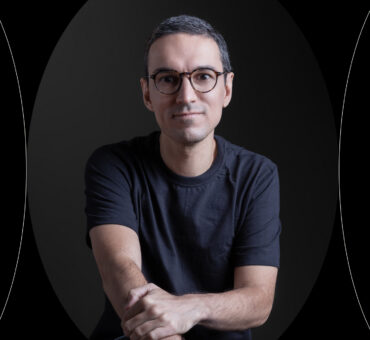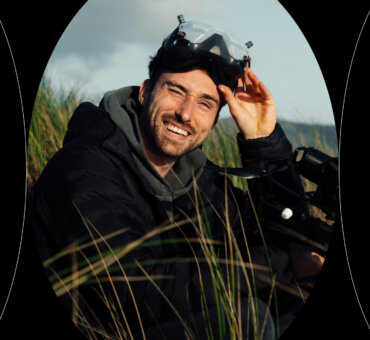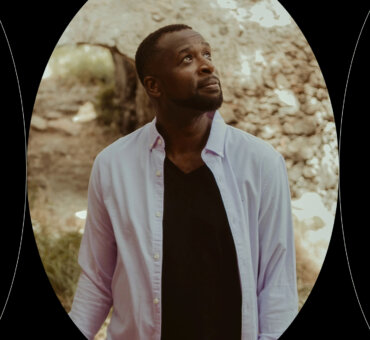In the fast-paced world of advertising, Ian Liu has carved out a unique space as a creative director who blends cultural insight with strategic storytelling.
From his early days as a graphic design student to his current role as a freelance creative director, Ian has built a career working with some of the world’s most iconic brands, including Nike, Oakley, and adidas.
Read how Ian Liu continues to push boundaries and redefine what’s possible in the world of advertising.
MUSICBED: What sparked your interest in advertising? And how did that interest lead you to where you are now as a freelance creative director?
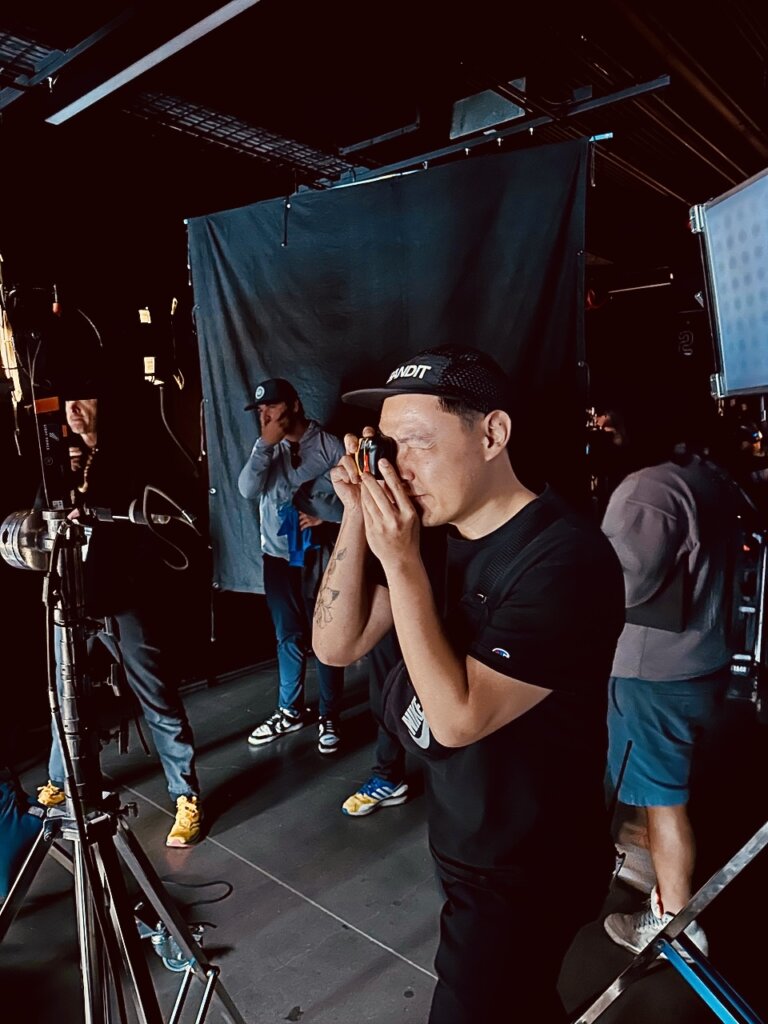
Ian Liu: In college, I was initially a Graphic Design major, but when I took my first advertising class, it changed my trajectory.
My first advertising instructor, Todd Blevins, taught me that creativity has a process. My second instructor, Jeff Lennard, taught me that advertising has the power to create positive change.
These classes unlocked a level of creativity I didn’t know I had. This realization sparked a chain reaction, and I realized that my life up to that point prepared me for a career in advertising.
All the art classes I’ve taken from kindergarten to high school…
Being an immigrant and learning English through pop culture: listening to music, watching TV and movies…
Growing up in the suburbs, skateboarding and making skate films with my friends…
Being a Millennial and fueling my creativity through the age of the internet…
Chatting on ICQ to messing with Photoshop CS1…
Making my own HTML code for my MySpace page and eventually having a Tumblr where I developed my taste…
These new insights about myself and my creative capability ignited a newfound confidence and manifested a new mantra of “Never Settle.”
It challenged me throughout my career to avoid the status quo and led me into a decade-long stint of working at world-class agencies with global brands.
The experiences I’ve gained from agencies set a level of creative excellence that allowed me to transition into the independent creative director I am today.
What was your first “big break” in advertising?
Ian Liu: In 2021, I got the opportunity to work on Nike’s “Stronger Than One” campaign.
Our story followed Darius Leonard and his unconventional journey to the league through an HBCU (Historically Black Colleges & Universities).
His story highlighted three things:
- His fraternity Omega Psi Phi Incorporated, Xi Psi Chapter
- His HBCU college, South Carolina State University (SCSU)’s first Homecoming since the pandemic shutdown
- His support for the next generation of young athletes dreaming of playing in the NFL
The response on social media showed how big the HBCU community really is, their rich history, and their influence on the next generation of athletes.

Looking back at this film, I am immensely grateful to Nike, Darius Leonard, and SCSU for allowing us to enter their space and share their story with the world.
RELATED READS: How Blue Ox Films Brought Nike’s Lebron 17 Spot to Life
What have been the pivotal moments or projects that shaped your career?
Ian Liu: My pivot started in 2016 when I moved to Portland. It’s a small city, but it’s filled with so many international creatives. We were right next door to Nike’s World Headquarters in Beaverton. Working with Nike has allowed me to gain a new perspective on sports. And collaborating with their creatives has helped elevate my craft and taste in design, sports, and fashion. Since then my career has pivoted towards those spaces.
Living in Portland also fostered a lot of new connections on the West Coast, and one of them was meeting Adam Rachlitz through a mutual friend; he was the Head of Creative at Stept Studios at the time.
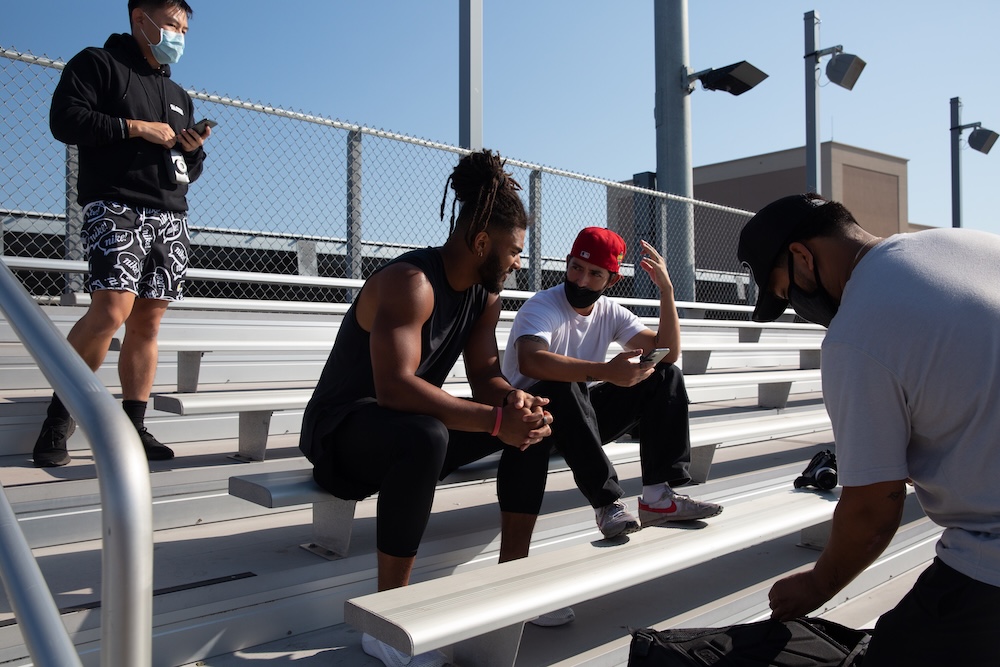
He took a chance on me and allowed me to lead a few Nike projects—as well as some projects for other sports and tech brands like Whoop.
My time with him and the studio shaped and sharpened my capabilities as a creative director. This led me to work on many other amazing brands in the sports and tech space.
RELATED READS: Musicbed’s Custom Work on Nike’s “You Can’t Stop Us”
You’ve done work for some of the world’s biggest brands. Is there one in particular that stands out as a highlight of your career so far?
Ian Liu: Working with Oakley in 2024 stood out for me. It was a project in partnership with the NFL, where we had the opportunity to introduce a new line of lifestyle eyewear.
This project was special because its success reflected the progress and investments I’d made on myself in recent years.
As an independent creative director, I’m armed with a lot of tools. I owe a lot of my capabilities to my foundational years working closely with copywriters, strategists, and creative mentors.
These skills allowed me to go deep into the details of this project, from sharpening the strategy that led to a creative insight to introducing a new sub-tagline that can be integrated across multiple expressions of Oakley’s channels.
Overall, it allowed me to exemplify my leadership skills and lead the team from strategy to final execution.
RELADTED READS: 7 Perspectives on the Absolute Importance of Collaboration
What’s been the biggest challenge of being a freelance creative director and taking on jobs for legacy brands?
Ian Liu: As a freelance creative director, the biggest challenge is adapting quickly to any situation. When working with a legacy brand, the biggest challenge is understanding its culture.
Insight and strategy can shed light on the culture behind a brand. The more you know, the more authenticity you can bring to the work.
A great example is my work with Jam3. I was overseeing a few B2B projects with them, but then they won the adidas pitch and needed US-based creatives, so I was thrown in at the last minute.
The project was to launch their 2023 MLS jerseys. The strategy was “If You Know You Know.” And with adidas’ brand legacy, we paid close attention to their culture on the terraces across MLS stadiums.
This inspired me to write the line “Real Knows Real,” taking into consideration of “Real Recognizes Real.” We wanted MLS fans to feel their terrace culture is represented when they see the work in real life.
The wording of the line was flexible, so at each MLS city, the campaign expression could be rooted in hyper-local sayings, like “If you know verde and black, you know Austin FC” or “If you know fútbol, you know Inter Miami CF” and so on.
The wording of the line also allows the design team to create a system that can be adopted across adidas’ and MLS’s owned channels.
What elements do you think are essential for crafting a compelling story?
Ian Liu: Insight is important. It’s a human truth that the audience can connect to and feel a sense of compassion.
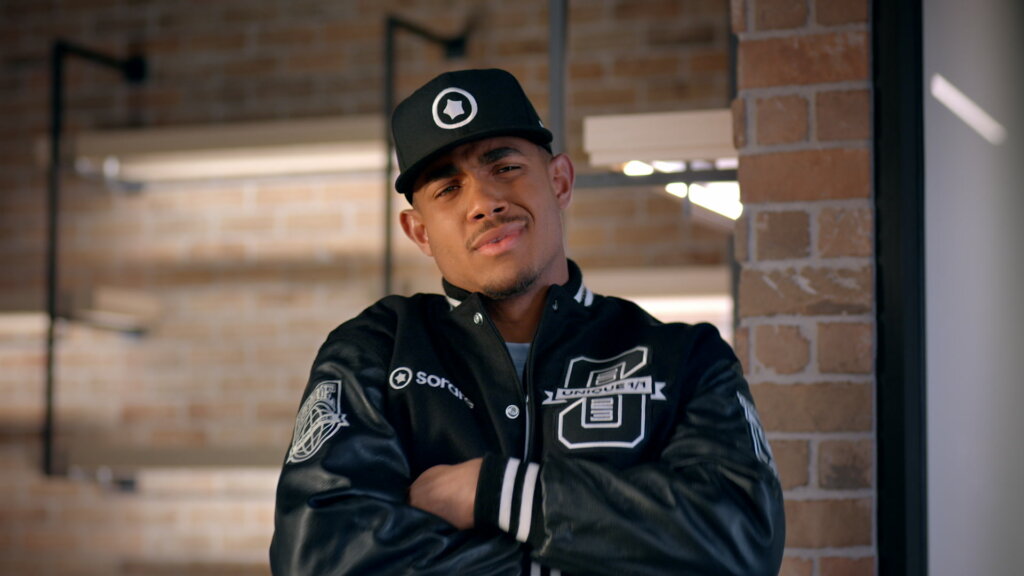
It adds a layer of authenticity, and the more specific you can be, the better. When the audience can find compassion for one element within the story, they’ll find space to welcome the rest of the story in.
RELATED READS: AKThaWicked: Crafting Compelling Stories with Visual Brilliance and Musicbed Magic
Talk to us about your process for selecting the right music for your projects. Where do you start, and how do you make the final decision?
Ian Liu: From the brief, the more I can immerse myself into the world of the story, the better. I try to learn and understand as much as I can.
Oftentimes, that’s the phase where I work closely with strategists or directly with brands.

In this process of understanding, once I know the world that we’re building, past sonic memories like going to shows, listening to music by myself, or just stumbling upon music in unexpected places start to come forward.
These triggers happen because my subconsciousness sees a connection and raises it to my consciousness. And that’s where the fun starts.
I stay curious and explore pairing songs from my memory with the film in front of me.
The experience of listening to music and watching films is totally different, so the real test begins when we combine both elements.
When sonically and visually they create a third experience that feels unique, that’s the magical moment when we feel something is working and is the right decision.
RELATED READS: The Art and Science of Music Selection With Joanna Batemits
Besides music, what other techniques do you use to enhance the emotional impact of your storytelling?
Ian Liu: Sound design is important. It adds a layer that brings the audience further into the experience.
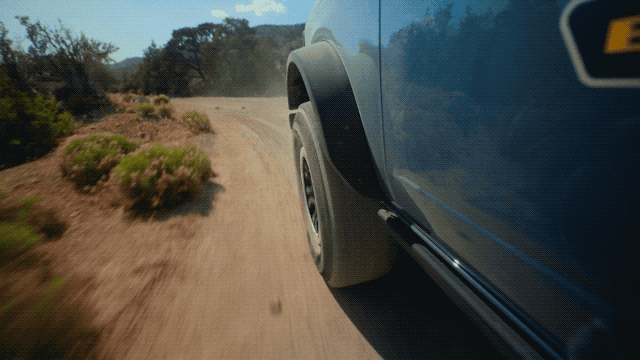
From a production standpoint, wherever you can, sounds from the actual environment can really help.
For example, when I shot the off-roading campaign for the Ford Bronco, the production crew made an effort to rig mics in the engine bay and chassis of the vehicle. They wanted to capture all the sounds from the variety of terrains on the course.
Sonically designing these little moments throughout the edit helped drive the narrative forward.
RELATED READS: Honing a Custom Musicbed Song for the New Ford Bronco Brand
What’s something you’ve seen lately where the music really elevated the storytelling?
Ian Liu: I started watching Severance on AppleTV+ this year, and I loved the opening sequence on the first episode of Season 2.
The song choice made the whole scene really dynamic.
The genre of the track nods at the famous “Defiant Jazz” episode from Season 1.
The fast, upbeat tempo of it all paired really well with the urgency of the main character racing to find another character. The playfulness of the track also worked really well with the quirkiness of their world.
I loved the moments when the main character had to stop because he went the wrong way. The music overall really completes the whole viewing experience and makes it really entertaining to watch.
What’s something that inspired you or caught your attention lately?
Ian Liu: DJing in the music scene has been going through a transformation. I’m noticing Boiler Room sets or just any sets filmed in clubs becoming old because there’s a new wave of DJs filming their sets in dinner parties, outdoor parks, or just their own bedrooms.
With the power of the internet, it’s now easier than ever to discover new talent without going through clubs the conventional way.
It’s inspiring to see young talented DJs mixing on the most basic CDJ decks in their bedroom, posting it on TikTok, and then getting discovered and invited to DJ around the world.
I’m also inspired by the next generation’s community aspect, particularly Book Club Radio. Their growth has been organic, and it just shows the power of community when everyone’s mission is centered around music.
What is it about Musicbed that stands out to you? Why would you recommend Musicbed as a resource for filmmakers?
Ian Liu: Anyone who has gone through the post-production process will understand the lengths of time we endure searching for the right song. So, the user interface of a music library is very important.
The ease of navigation, the comprehensive filters, and the curation of music artists all make Musicbed the ultimate resource for music.
With the adoption of AI-powered tools into the creative process, I love the new AI search tool that uses Spotify to find Musicbed artists that share similarities sonically.
Sometimes we don’t have the right words to put into the search, so this tool helps reduce the search time. It allows creatives like me to focus more on listening to the music than trying to find the perfect keyword.
When judging Musicbed Challenge submissions, what’s the one thing you look for that sets great edits apart from the rest?
Ian Liu: I look for rhythm. There are many elements within an edit: the visuals, the music, the dialogue, the ambient sounds, and the overall narrative that is trying to play out on screen.
What separates an edit from the rest is the ability to weave all these elements together in a flow that the audience can organically connect to and fully engage with.
RELATED READS: The Winners of Musicbed Challenge 2024
This was written as a part of Musicbed Challenge 2025. Want to learn more?
